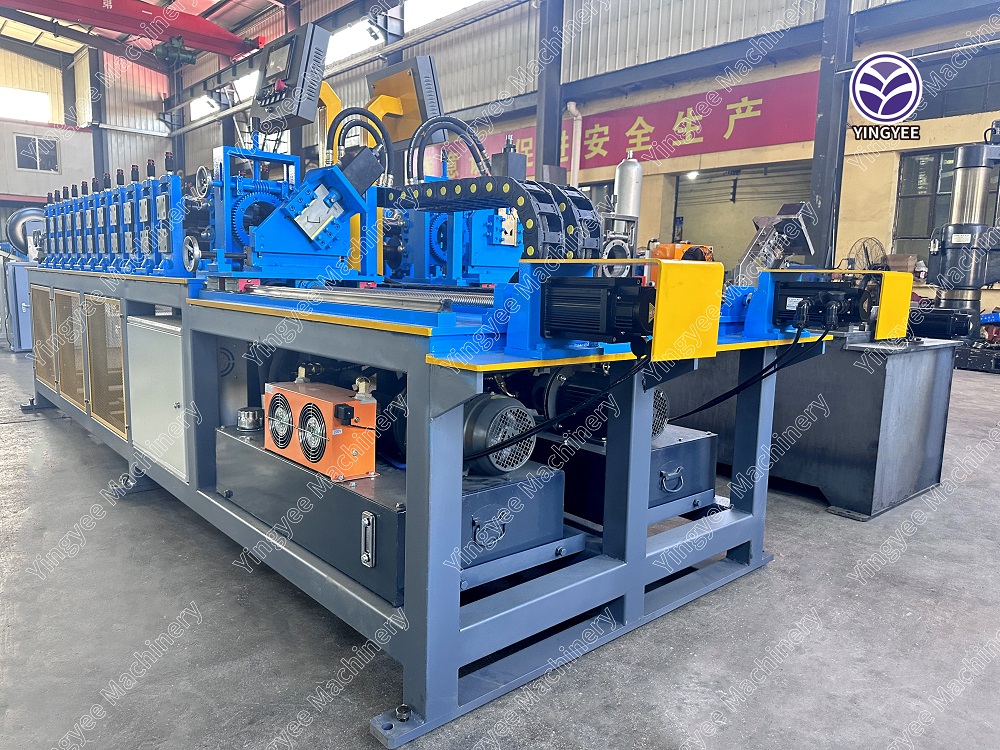
Stud and Track Forming Machine Innovations in Metal Fabrication
In today's rapidly evolving manufacturing landscape, the stud and track forming machine has emerged as a pivotal tool for the efficient production of products used in various industries, including construction, automotive, and furniture. This innovative machine enables the automatic shaping of metal sheets into tracks and studs, significantly streamlining the assembly process and reducing labor costs.
A stud and track forming machine operates through a series of processes that transform raw metal coils into precise components. The process begins with the feeding of metal coils into the machine, where they are unwound and straightened for uniformity. Next, the machine employs a series of rollers to gradually shape the metal into the desired profiles, such as tracks for wall systems or studs for framing. The system is typically driven by advanced computer numerical control (CNC) technology, allowing for high precision and repeatability, which are critical in maintaining product quality.
One of the notable advantages of using a stud and track forming machine is its efficiency. Traditional methods of manually cutting and shaping metal components can be labor-intensive and prone to errors. In contrast, these machines can produce large quantities of tracks and studs with consistent accuracy in a fraction of the time. As a result, manufacturers can significantly increase their output while minimizing waste.

Moreover, the versatility of stud and track forming machines cannot be overstated. Many models are equipped with interchangeable dies and tooling, allowing them to produce various profiles tailored to specific project requirements. This adaptability makes them valuable assets for businesses that cater to diverse customer needs, as they can easily switch between producing standard products and customized solutions.
Additionally, the automation aspect of these machines enhances worker safety. By reducing the need for manual handling of heavy materials and intricate shaping tasks, the risk of workplace injuries is substantially lowered. This not only protects employees but also contributes to a more efficient manufacturing environment.
In conclusion, the stud and track forming machine represents a significant advancement in the field of metal fabrication. With its ability to streamline production, improve precision, and enhance worker safety, it stands as a testament to the ongoing innovation within the industry. As manufacturing continues to embrace automation and smart technologies, the stud and track forming machine will undoubtedly play a crucial role in meeting the demands of modern construction and assembly processes.